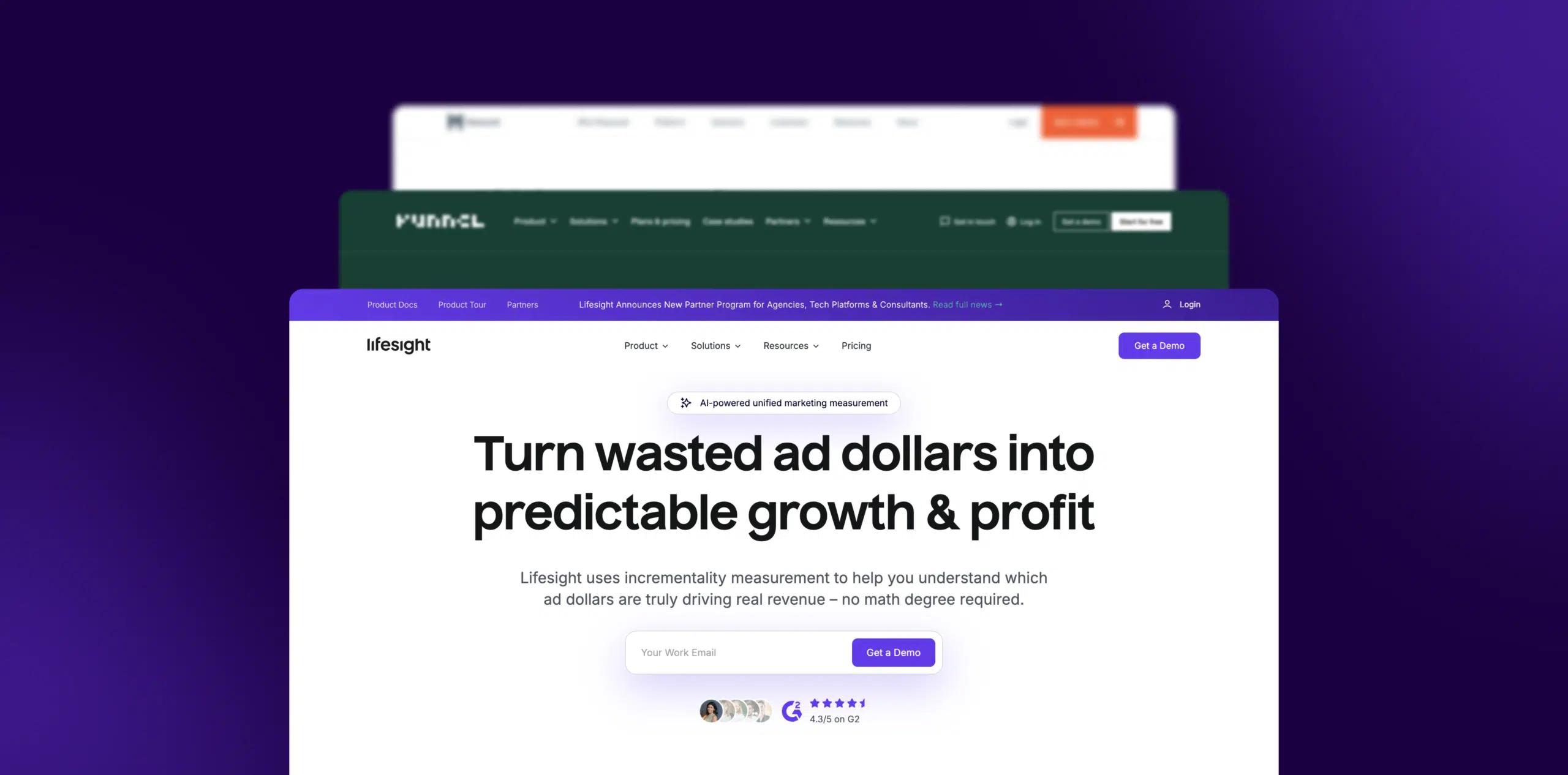What is Zero inventory?
In traditional retail models, businesses ordinarily invest large amounts of capital into purchasing inventory, which they stock before selling. However, this approach has led to enormous financial burdens due to non-moving stock and storage costs. Zero inventory, also known as drop-shipping, addresses this challenge by allowing ecommerce businesses to only order products from manufacturers or wholesalers after customers have confirmed their purchases. This way, the role of ecommerce businesses simply becomes managing the online platform and facilitating transactions between consumers and producers.
Formula
There is no direct mathematical formula for Zero inventory. However, it can be derived from the equation: Inventory = Opening Stock + Purchases – Closing Stock. Here, maintaining the level of the Closing Stock at zero equates to practising the Zero inventory method.
Example
Imagine you have an ecommerce store that sells designer bags. Instead of purchasing the bags upfront, you would collaborate with suppliers to display images of their products on your website. When customers place an order, you would then request the supplier to directly ship the product to the customer’s address. This model, therefore, eliminates the need and costs associated with holding inventory.
Why is Zero inventory important?
Zero Inventory’s relevance arises from its efficiency in minimizing overhead costs and risks associated with holding inventory. This method refocuses the business strategy towards managing the online experience and customer relationships rather than on inventory management. Consequently, it not only improves business cash flow but also enables the retailing platform to host an extensive range of products from different suppliers.
Which factors impact Zero inventory?
Key factors influencing Zero inventory include supplier reliability, shipping duration, product quality, and customer service. Any discrepancies on either of these fronts may lead to low customer satisfaction, negatively impacting the ecommerce business.
How can Zero inventory be improved?
Zero inventory can be enhanced through seamless processes in payment and delivery systems to ensure customer satisfaction. It can also be improved by building strong relationships with reliable suppliers that maintain high product quality and timely deliveries.
What is Zero inventory’s relationship with other metrics?
Zero inventory highly influences other ecommerce metrics like Gross Merchandise Volume (GMV), as it can enable a business to host an extensive range of products. It affects the Customer Acquisition Cost (CAC), as businesses can focus their investments on marketing and customer engagement. The Conversion Rate also improves, as customers often find more options in businesses operating Zero inventory models.
Free essential resources for success
Discover more from Lifesight






















































